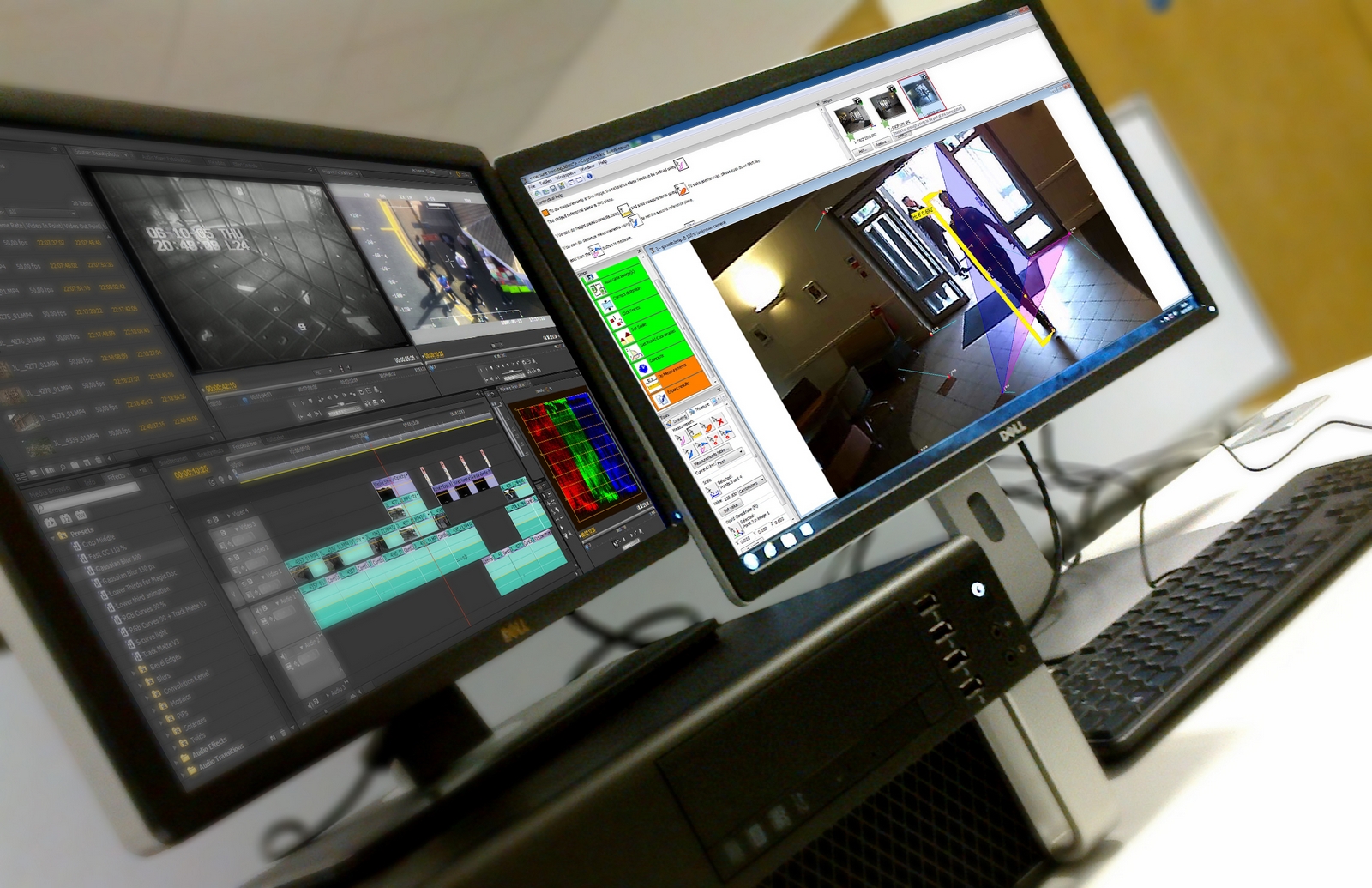
In today’s digital age, cybercrimes are more prevalent than ever, creating a strong demand for digital forensic investigations. Digital forensics is the science of collecting, analyzing, and presenting data as digital evidence in legal cases. This field has become essential for cybersecurity experts, law enforcement agencies, and corporations aiming to safeguard against threats and resolve disputes. Forensic technology, such as advanced data recovery and analysis tools, plays a crucial role in extracting vital information from digital devices. This article will explore the importance of digital forensic investigations, the value of digital evidence, and the evolving forensic technology driving this field forward.
Understanding Digital Forensic Investigation
Digital forensic investigation is a systematic approach to analyzing data that may be involved in criminal activities, including cybercrimes, fraud, or data breaches. It encompasses several key processes: data acquisition, preservation, analysis, and reporting.
- Data Acquisition: This step involves identifying and retrieving potential evidence from various devices, such as computers, smartphones, and servers. Digital forensic experts use specialized tools to access and collect data without altering its original state.
- Data Preservation: Ensuring that digital evidence remains intact and untampered with is essential in forensic investigations. Preservation safeguards the integrity of data, making it reliable and admissible in legal proceedings.
- Data Analysis: After collection and preservation, the next phase is data analysis. Forensic analysts scrutinize the data for clues or patterns that may reveal valuable insights. This process may involve reconstructing files, analyzing metadata, and using pattern recognition techniques to understand how an event occurred.
- Reporting: Finally, the results are compiled into a comprehensive report that presents the evidence in a clear, understandable format for legal and organizational stakeholders. This report is often used in court to support cases related to cybercrimes, intellectual property theft, and insider threats.
The Importance of Digital Evidence
Digital evidence is any information or data that can be extracted from electronic devices and used in court. This evidence can range from emails, digital documents, or chat logs to more complex data such as IP addresses, browser history, and geolocation data. In cases of hacking, for instance, IP addresses can help identify the source, while timestamps provide insight into when the incident occurred.
For digital evidence to be legally admissible, it must meet specific standards of authenticity, reliability, and integrity. Forensic investigators ensure this by following established procedures and maintaining a well-documented chain of custody for all data collected. These practices are critical because even a slight change or error in handling evidence can render it inadmissible in court, affecting the case outcome.
The Role of Forensic Technology
Forensic technology has evolved significantly to keep up with the challenges of modern cybercrimes. Today, forensic experts have access to cutting-edge tools that allow them to recover, analyze, and present data more efficiently than ever. Key forensic tools include:
- Data Recovery Tools: Advanced software can recover deleted or hidden files from hard drives, memory cards, and even cloud storage, revealing crucial information that may have been intentionally concealed.
- Network Analysis Tools: With cybercrimes often committed remotely, tracking network activities is essential. Network analysis tools help forensic experts monitor traffic patterns, detect anomalies, and identify potential intrusions.
- Mobile Forensics: As smartphones have become essential to our daily lives, mobile forensics plays a vital role in investigations. Tools for mobile forensics can extract messages, call records, and app data, often shedding light on a suspect’s digital footprint.
Conclusion
Digital forensic investigations and forensic technology have become indispensable in today’s digital landscape. As cybercrimes grow in sophistication, so too must the techniques and tools for gathering digital evidence. By securing, analyzing, and presenting digital evidence, forensic experts play a critical role in combating crime and ensuring justice. The future of forensic technology promises even more advanced capabilities, enabling us to stay one step ahead of cybercriminals and protect digital assets.





Leave a Reply